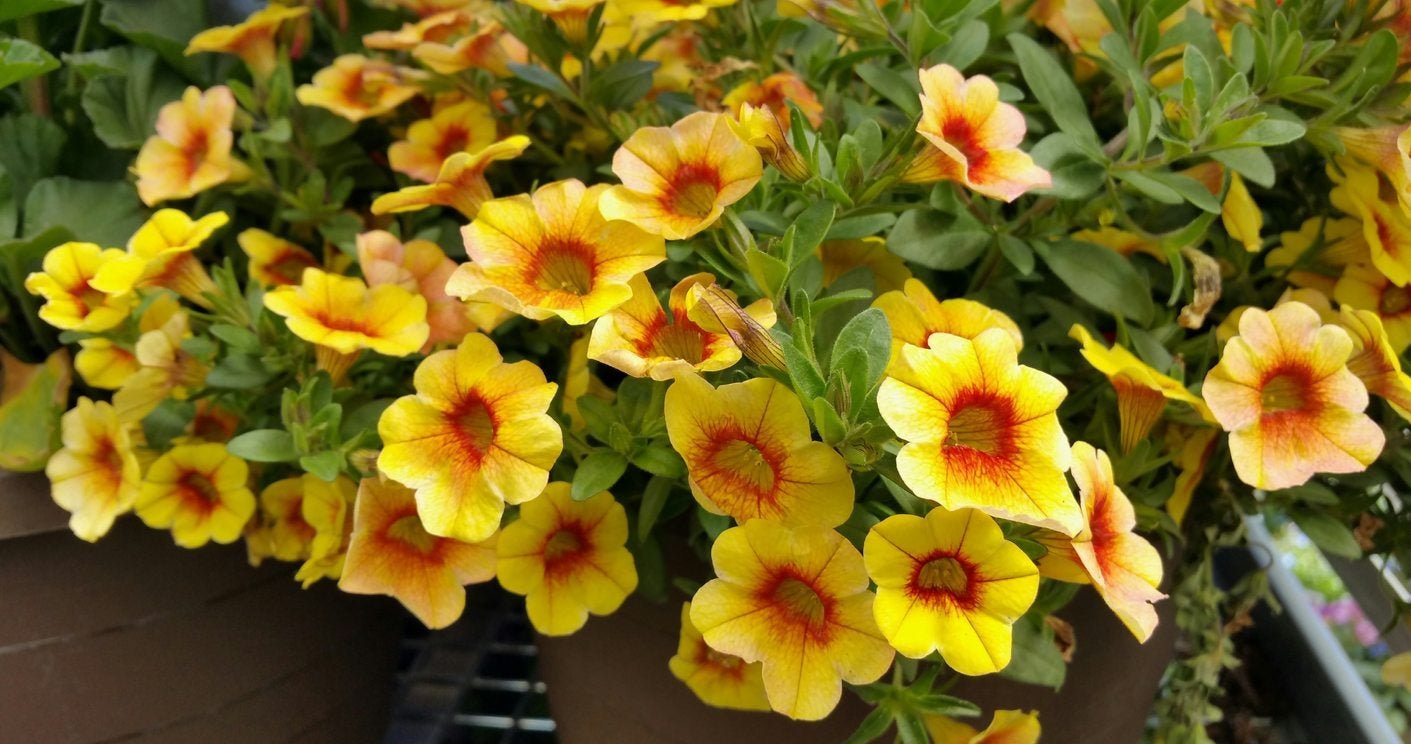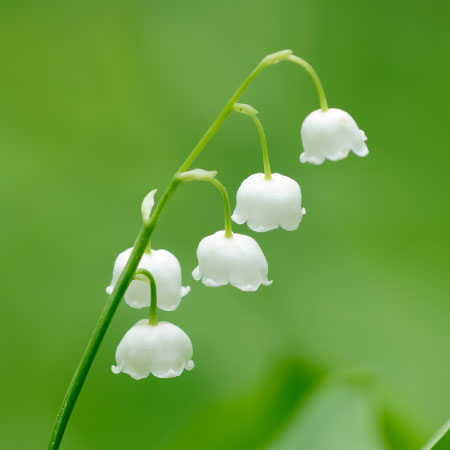Calibrachoa Winter Care: Can You Overwinter Calibrachoa Million Bells


I live in the northeast U.S., and I go through the heartbreak, upon the advent of winter, of watching my tender plants succumb to Mother Nature year after year. It’s tough to see the plants you put your personal touch, time, and attention to throughout the growing season simply perish in the dispiriting cold that casts over the region. This is very true of one of my favorite plants, Calibrachoa, otherwise known as million bells. I just love their showy petunia-like flowers and don’t want to see the final curtain fall. I had to ask myself, “Can you overwinter Calibrachoa? Is there a way of overwintering million bells and, if so, how?” Let’s see what we can find out about Calibrachoa winter care.
Can You Overwinter Calibrachoa?
Given that I live in zone 5, which experiences full-blown winter, maybe it’s just wishful thinking that I could keep a zone 9 to 11 plant, such as Calibrachoa million bells, ringing throughout the winter. However, sometimes wishes do come true. It turns out Calibrachoa can be easily propagated from cuttings. This means it is possible to keep Calibrachoa plants over winter by taking cuttings from existing plants, rooting them, and growing them indoors in a brightly lit space. You can also try keeping Calibrachoa plants over winter in a container indoors. Before the first frost, carefully dig up the plant, being careful to retain as much of the root system as possible. Place in a container with fresh potting soil and transport to a cool space that stays above freezing – a garage should do nicely. Cut back the stems to about 2 inches (5 cm.) above the soil and water sparingly during the winter months. In mild winter regions, there are steps you can take to help ensure the resurgence of your Calibrachoa million bells in the spring. Upon the first signs of dormancy, overwintering million bells is achieved by cutting them back within a few inches (8 cm.) of the ground, raking up and discarding the clippings, then covering with 2 to 3 inches (5-8 cm.) of mulch. The mulch will be removed upon the advent of spring and, hopefully, to signs of new growth. If your Calibrachoa enjoys a warm sunny spot year-round, then Calibrachoa winter care isn’t as much of a concern to you. There is very little maintenance to do during the traditional winter months other than a little pinching back here and there to keep the flower blooming and in nice form. If the plant were to become overgrown or unruly, however, you could encourage a thrush of spring renewal by cutting it back, fertilizing and mulching it, and watering when needed.
Sign up for the Gardening Know How newsletter today and receive a free copy of our e-book "How to Grow Delicious Tomatoes".

Shelley Pierce was a writer for Gardening Know How, contributing to hundreds of articles for the site.